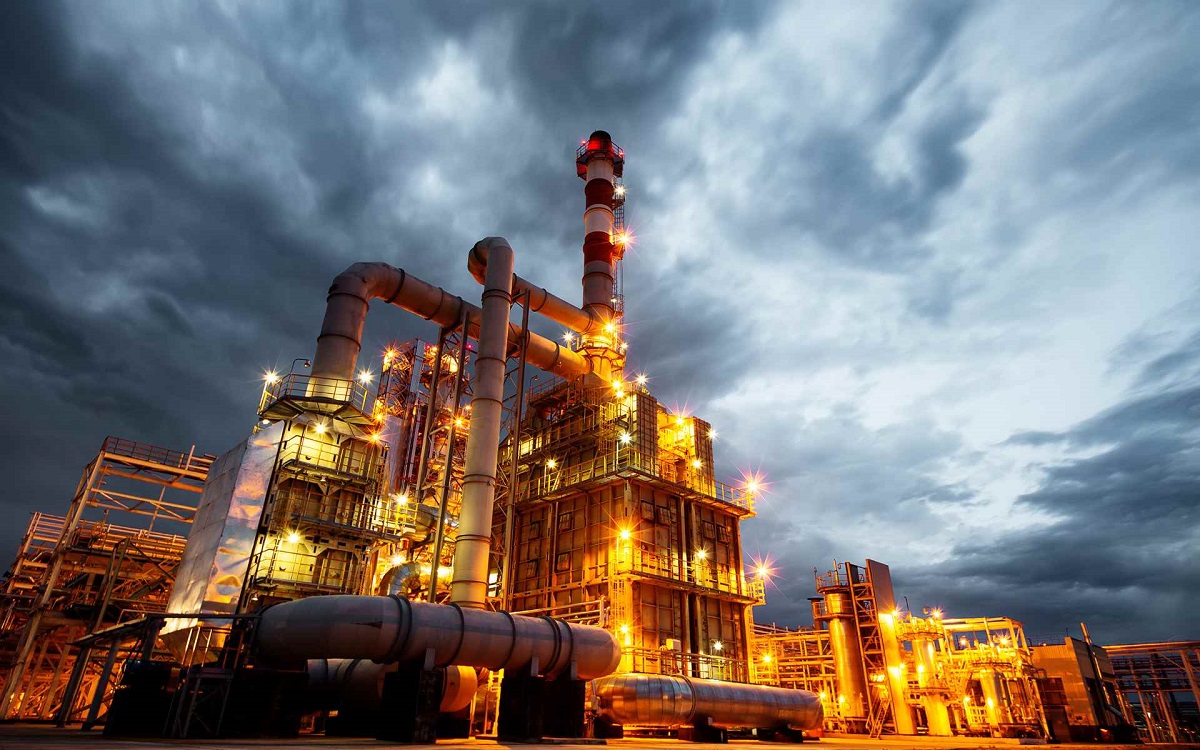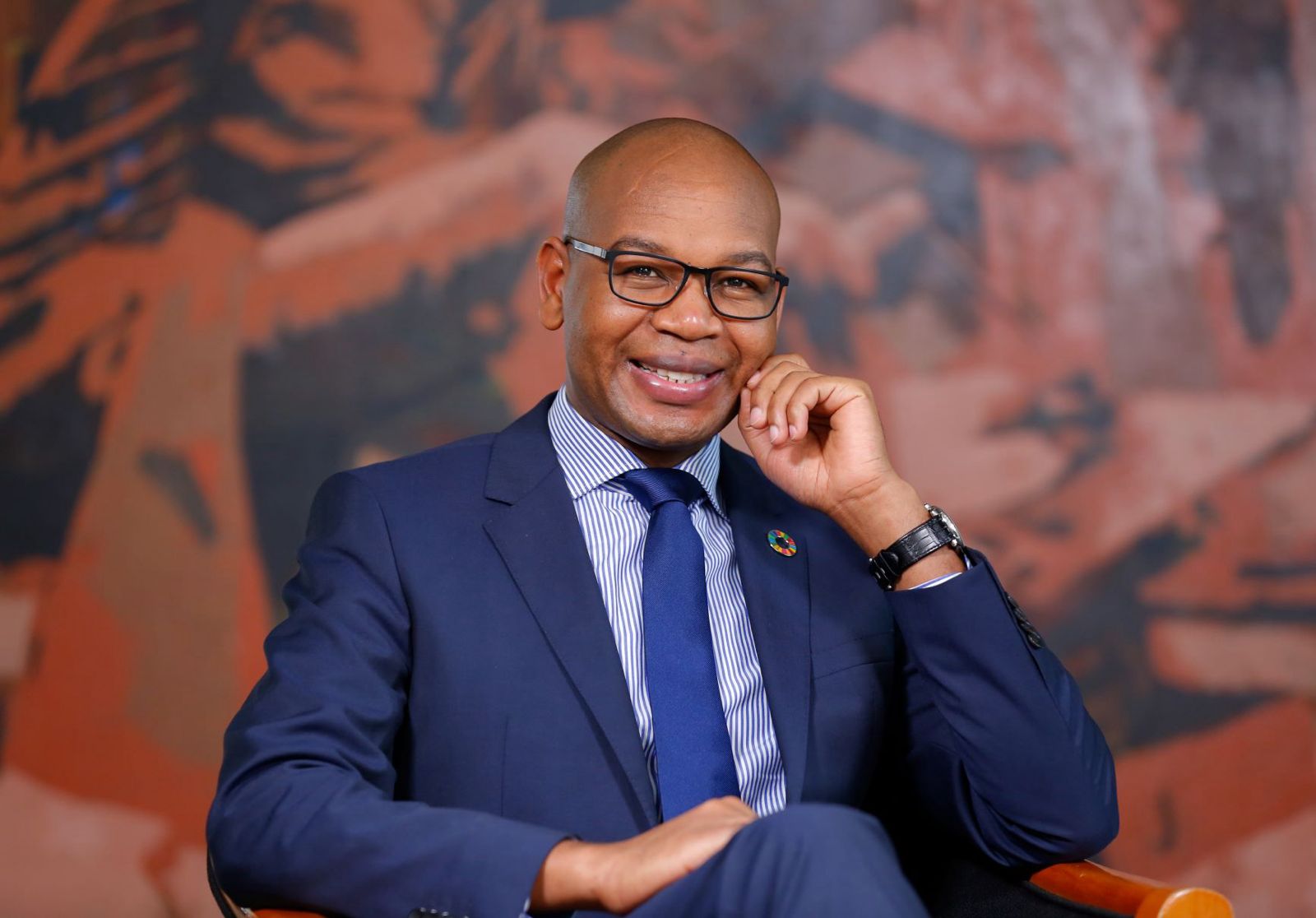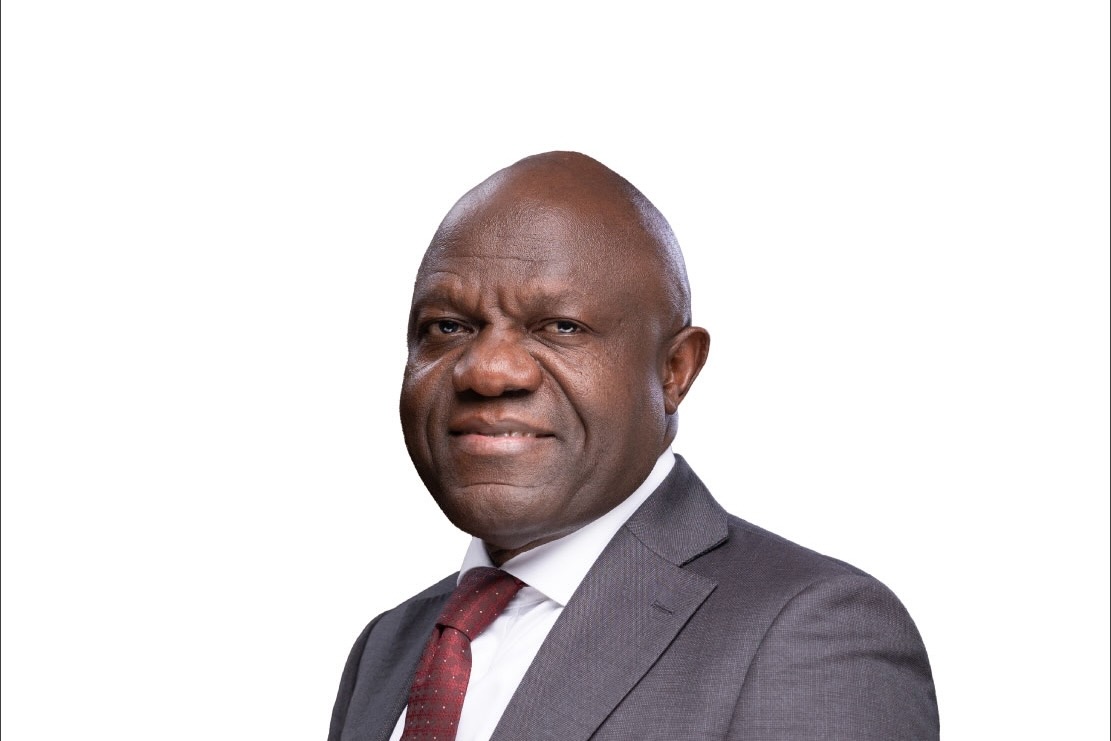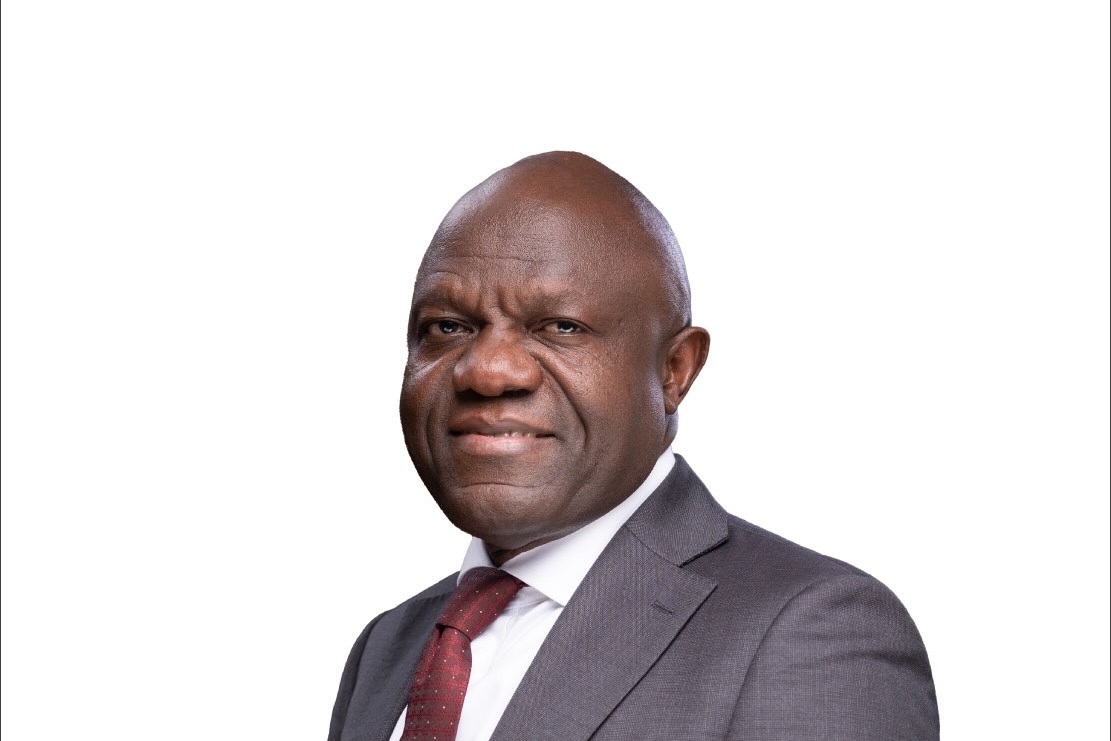Africa’s $100B investments boom as oil projects open in Nigeria, Angola and Uganda
- Africa is set to add 1.2 million barrels per day of new refining capacity by 2030 – driven by landmark projects across Nigeria, Angola and Uganda.
- These investments will pave the way for a $100 billion investment window, offering a new phase of growth in Africa’s energy sector.
- At this year’s African Energy Week: Invest in African Energies conference, policymakers, investors and stakeholders are set to further explore this emerging opportunity.
New massive oil refining projects in Nigeria, Angola and Uganda are poised to add Africa’s refining capacity by 1.2 billion barrels per day, ushering the continent to a new investment frontier estimated at $100 billion.
According to the 2025 OPEC World Oil Outlook report, this new refining capacity in the continent represents one of the fastest downstream expansions on record.
Nigeria, Angola, Uganda biggest movers in oil sector output
The new projection, which is set to be realized in the next five years across Nigeria, Angola and Uganda, underscores a major phase in Africa’s journey to energy sovereignty and investment attractiveness even as calls for a shift from fossil fuels continues to grow.
Experts meeting at this year’s African Energy Week: Invest in African Energies conference will share ideals and trends that are likely to impact the industry given the increasing capacity in Africa’s energy capacity.
In Nigeria, the new-look 650,000-bpd Dangote Refinery, which started oil refining operations last year is poised to greatly reshape the dymanics of fuel trade not only in West Africa but across the world.
Africa’s most populous market will also see the coming into operation of the 200,000-bpd Akwa Ibom Refinery, further increasing the continent’s daily output and influence in international markets.
Angola’s energy investments
In the southern Africa region, Angola’s state-driven initiative to bring online the 200,000-bpd Lobito Refinery and 100,000-bpd Soyo Refinery by 2030 is equally billed to further stir the energy industry in Africa, attracting a stream of investments and therefore, jobs.
In Eastern Africa region, Uganda is poised to enter the privileged club of oil producing countries as authorities finalise on the construction of a 60,000-bpd refining facility in Hoima.
The Hoima investment is a primary cog in Uganda’s broader Lake Albert basin development plan that is linked to the construction of 1,443 km East African Crude Oil Pipeline (EACOP), which is also known as the Uganda–Tanzania Crude Oil Pipeline (UTCOP). This massive pipeline investment is expected to move Uganda’s crude from Kabal to Tanga in Tanzania’s coastline.
According to the African Energy Chamber, also adding to Africa’s renewed refining capacity will be modular refineries spread across Ghana, Guinea-Conakry, the Republic of Congo. There are also additional modular refinery sites in Nigeria are enabling incremental but scalable capacity builds in markets where infrastructure and financing hurdles persist.
Additionally, in North Africa, the Hassi Messaoud project in Algeria, Ubari in Libya and Soukhna in Egypt are all under construction with a view to “capturing higher margins, improving domestic supply security and reducing dependency on imports of refined petroleum products.”
Africa’s $40 billion refining investments
According to OPEC, Africa will need over $40 billion in refining investments by 2030 to meet its mid-decade objectives. Beyond 2030, the investment is billed to increase sharply – requiring an additional $60+ billion for refinery construction, modernization and secondary processing capacity upgrades.
The global lobby for oil producing economies says after 2030, Africa will be looping at a $100 billion investment window for project developers, institutional investors, sovereign wealth funds and energy-focused private equity.
With nearly 86 percent of global refinery additions through 2050 concentrated in the Asia-Pacific, Africa and the Middle East, Africa is increasingly seen as a high-growth frontier.
Read also: Kenya’s green gold rush that clean energy investors can’t ignore
Africa’s rising domestic consumption of crude
The 2025 edition of African Energy Week (AEW): Invest in African Energies in Cape Town is modelled to offer a platform for senior government officials, operators and financiers to align on next-phase refinery projects, policy incentives and deal pipelines.
At the same time, the continent’s rising domestic consumption of crude, which is projected to hit 4.5 million bpd by 2050 from just 1.8 million bpd in 2024 – further underlines the case for investing in downstream infrastructure.
This consumption shift, in turn, is expected to reduce Africa’s crude exports by over one million bpd by 2050, emphasizing a structural pivot toward internal value chains.
Africa’s medium-term refining expansion reflects both a technical development and strategic inflection point. If the continent seizes this momentum, it can move beyond being a raw crude exporter to becoming a competitive, resilient and integrated energy producer.
With $100 billion in refining investment needs projected through 2050 and billions in trade deficits to reverse, the time to bet on the African downstream sector is now.
Share this content:





Post Comment